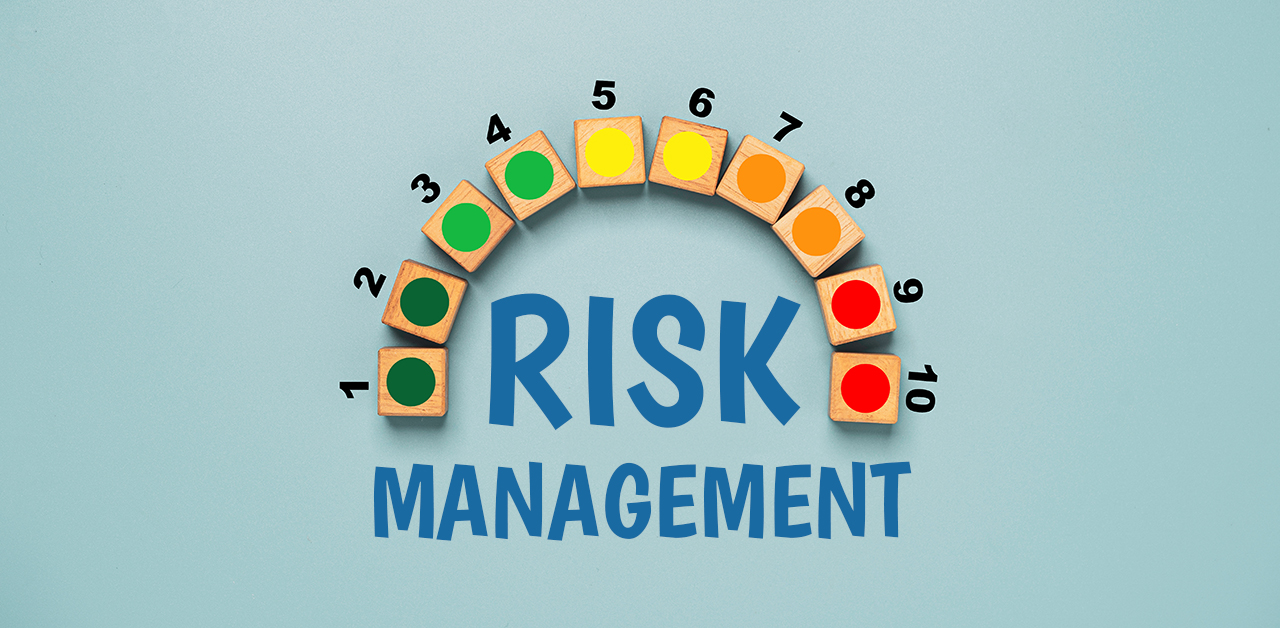
2020 was a hard year to predict. While some are reluctant to make 2021 predictions, there are a few trends that experts and analysts agree on.
1. Hyperscale is Here
One of the outcomes of the pandemic was the acceleration of digitization across just about every industry. In fact, it’s estimated that data center IP traffic will reach 20.6 ZB by the end of 2021, an increase of nearly 7ZB since 2016. In fact, 2020 included investments of nearly $17 billion in public cloud infrastructures, with virtually no slow-down from tech giants.
Further, a significant part of that growth will be in the healthcare industry as well, with many hospitals and research facilities requiring IT infrastructure that’s just not available to them on-premise. However, other industries, particularly supply chain management and logistics, which took a major hit during the pandemic, are re-evaluating its need to move to the cloud.
2. Nobody Puts Edge in the Corner
Not to be outdone by hyperscale data centers, edge will also be a big player in 2021 (and beyond). As more people adopt smart technologies in their homes and businesses, the demand for edge computing will grow and so will edge data centers. In fact, the IoT market is expected to grow by over $50 billion by 2022. With that kind of growth, and that kind of demand for reliability, speed, and connectivity, the edge market will need to grow.
Further, expect that all of the major colocation and hyperscale providers will be jumping into this market in a major way during 2021. This kind of investment from some of the bigger players in the market suggests there’s a lot of expansion coming in this data center sector.
3. The Greening Game
Focusing on sustainability issues will be a big trend in 2021. Not only are regions where data centers are located starting to concentrate on water usage, but energy consumption and emissions are also a growing concern. In response, expect many data centers to start investing in renewable resources and discussions to focus on this industry challenge.
Look for data centers to find ways to not only reduce their impact on the environment, but also ways to help other sectors as well, as with waste heat recycling.
4. Automation
Certainly, automation is another aspect of the industry that accelerated due to the Coronavirus pandemic. In order to limit contact with other people, more data centers shift to remote capabilities for monitoring and routine services like updating and patching. However, expect and anticipate that these will continue to grow as both hyperscale and edge data centers expand. Further, a 2020 survey of data center managers suggests that staffing issues are still a concern and are, likely, a driver of these automation needs as well.
Additionally, automation will expand to robotics which will begin to handle everything from rack rollouts and swaps to site monitoring and even physical security.
5. 5G Finally Realized
Another element impacting the need for edge data centers, and supporting the growth of the IoT, will be the realization of 5G technology. Though many carriers have touted 5G capability, many have still failed to see its speed or reliability in the real world. However, as data centers drove industries and businesses to use data differently, the growth of edge computing will also drive faster demand for 5G technologies and the installation of nodes to support that kind of network. The IoT depends on it. In turn, anticipate that this will further push plans for edge data centers outside of major metropolitan areas.
When it comes time to reassess your data center equipment and design, or you’re looking to decommission a data center, look to the experts at OceanTech to assist with all your IT Asset Disposition needs.


